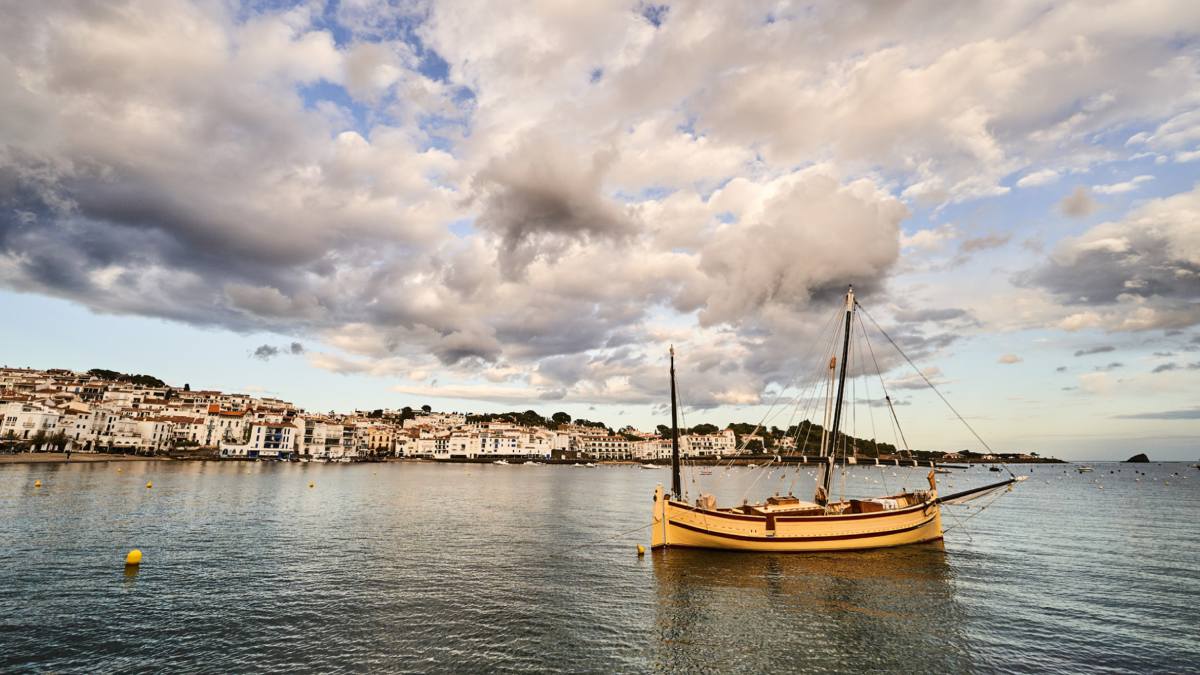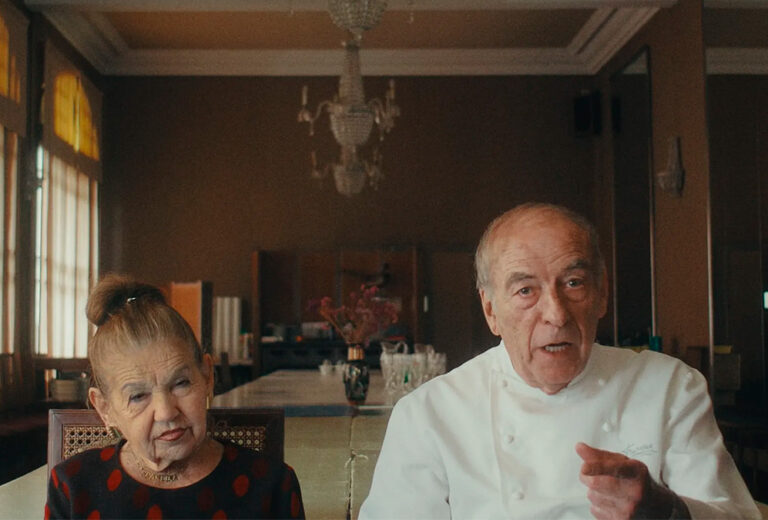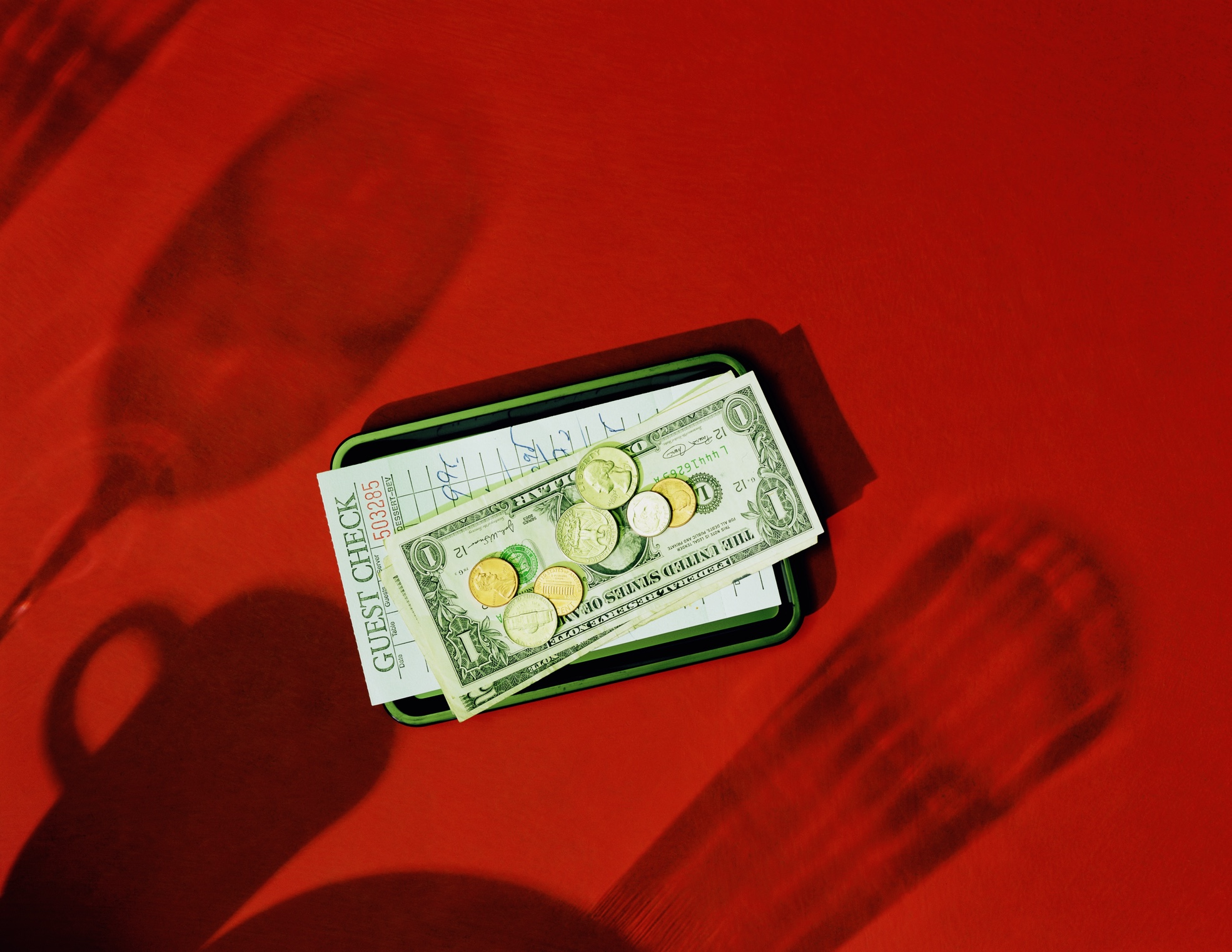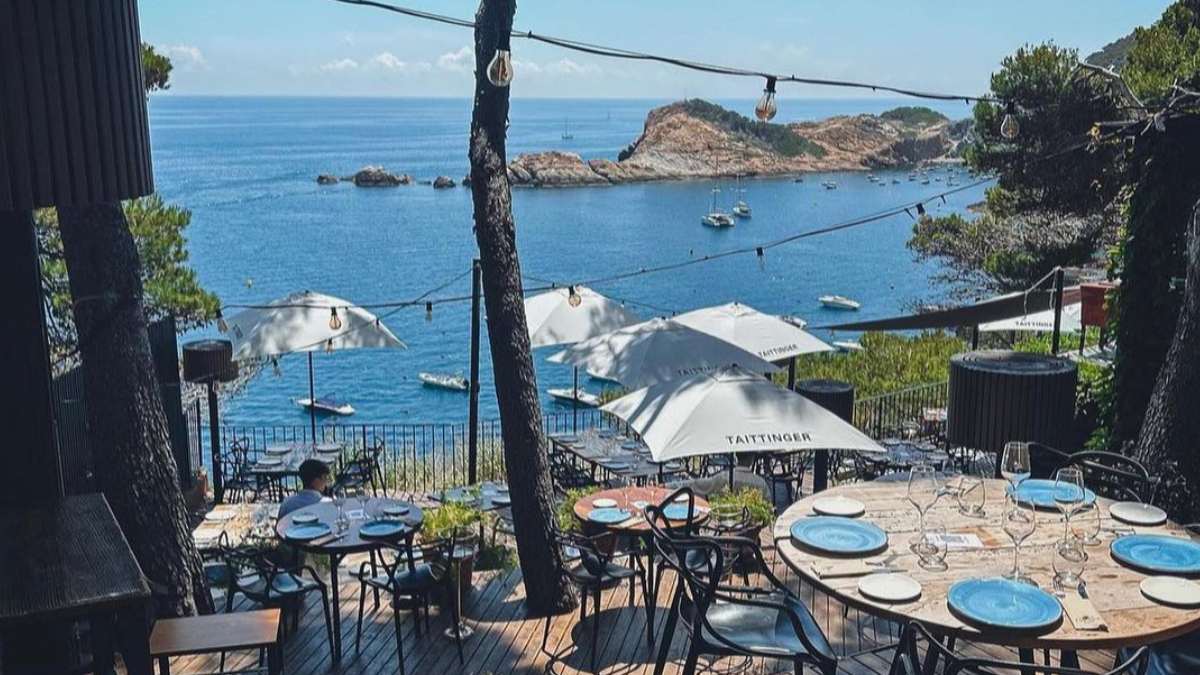Click here to read the Spanish version.
The town of Cadaqués, the gift of the Costa Brava, was a source that served as an incandescent light for the artists of a century ago who seemed like fireflies looking for inspiration. Some names? Marcel Duchamp, Pablo Picasso, Joan Miró, Federico García Lorca. We already know that it was Salvador Dalí’s home, but let’s see how we can savor it in a contemporary way beyond its immediate landscape. Let’s start as an appetizer with this fragment of a surrealist poem written by Dalí in 1927, in this place full of Mediterranean for a woman named Lydia, from Cadaqués, which goes like this:
Hay un desnudo color de luna y lleva su nariz.
Una botella de Anís del Mono horizontal sobre una madera vacía, simulando el sueño. Hay una sombra de aceituna en una arruga.
The words weave improbable images with a leit-motiv: Cadaqués, which means cape of stones for its landscape sheltered between the mountains and the end of the Pyrenees. In this place there is a wind of impatient gusts that shake the minds and provoke the structured spirits: the so-called tramuntana that blows from the northwest as if taking everything we have left over. I am among Catalonian natives and they tell me: “Be careful, lest you get caught by the tramuntana. Be careful, many people arrive for three days and stay for years. Be careful, lest you fall in love with Cadaqués”.
CADAQUÉS MEANS CAPE OF STONES, BECAUSE OF ITS LANDSCAPE BETWEEN THE MOUNTAINS
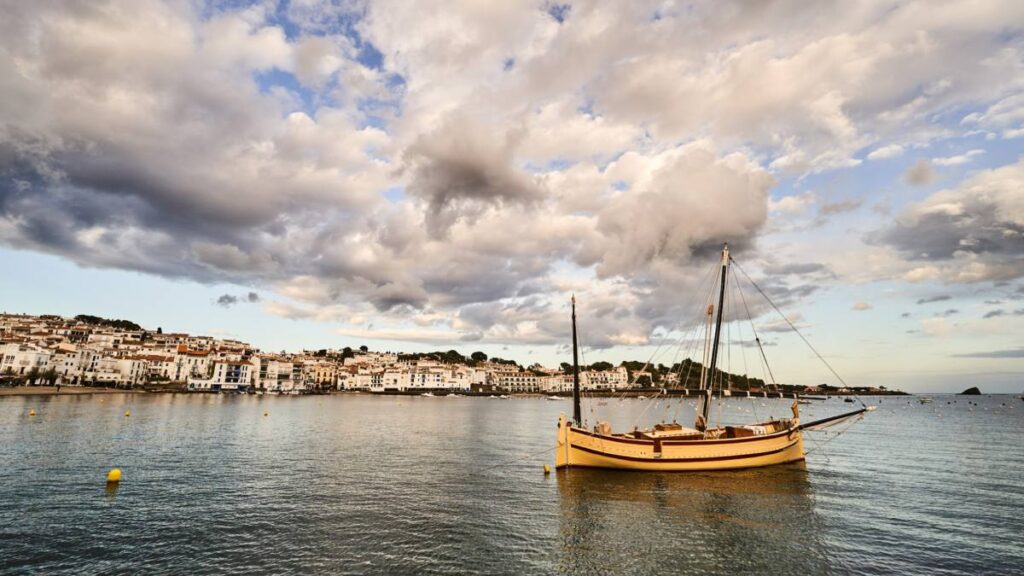
First, a little more about her role as muse: when we talk about “Dalí’s painting”, most people think of the famous painting of different clocks slipping into a landscape, each one with a different time, with a beach and rocks on the same canvas: it is Cadaqués, a landscape that triggered Salvador Dalí’s creativity.
The painting is called The Persistence of Memory and was painted in 1931 in the house that the artist and his wife Gala had in Portlligat, a small fishing village just a few minutes walk from the bay of Cadaqués. According to the book of the same name, The Persistence of Memory, by the Gala-Salvador Dalí Foundation, one afternoon the artist was going to the cinema with Gala and his friends, but after a sudden headache he decided to stay at home to sleep. Before doing so, he decided to take a look at his already started painting, which showed a Catalan seascape in a melancholic twilight, and he did so while thinking about the “super-soft” camembert cheese he had eaten that afternoon in company. Seduced by the texture of the cheese, he decided to let himself be carried away by the images that came to his mind: soft watches, one of them hanging from an olive tree.
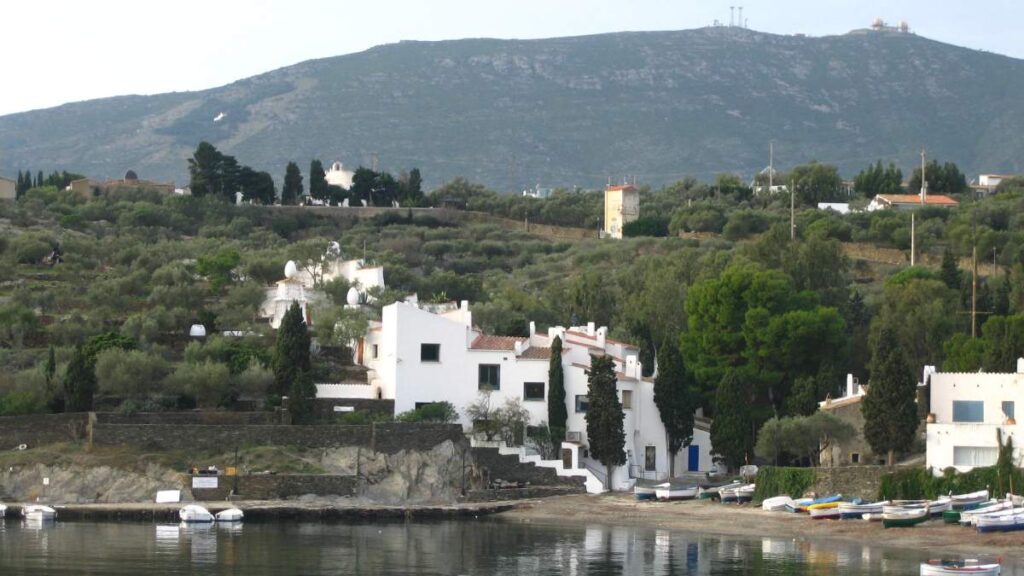
When Gala returned from the cinema, Dalí had finished what would become one of his most iconic and transcendental works, The Persistence of Memory, a painting that projects the dismantling of time. In it there are landscapes that will always remain with us, places where the hours pass slowly or madly. In this painting Cadaqués remains as a witness of time and immaculate nature.
Cadaqués in 1931 or Cadaqués in 2023, almost one hundred years after the birth of that work, continues to merge with the sea, its boats, the sky between rocks and the all-seeing lighthouse of Cabo de Creus, in the natural park of the same name, surrounded by coves.
When we talk about Cadaqués, in addition to the surrealism, we refer to a great blue beauty and the possibility of all its shades: high, low and on the horizon. Coral blue, sky blue, Capri blue, indigo blue, cobalt blue, cerulean blue, navy blue, sky blue, Cadaqués blue in its windows that contrast with its whitewashed houses and the pink accents of the bougainvilleas. Could it be that something special is woven by existing on the border? As if it were a small country, a mestizo country, where the French flavor is woven with the Catalan, being only an hour away from Perpignan, France.
We can read on some menus of the small restaurants the offer in French: sauvage fish that pairs well with local wines from the Cap de Creus region. And now that we are hungry and thirsty for life, where to eat, what to see, where to shop, where to go for a walk? The best thing to do is to let yourself go and always listen to the recommendations of the locals to be able to enjoy this town under the filter of delight and under the warning that the seduction of the siren sings in every corner, something that will show us that one always returns to the old places where he loved life.
Cadaqués: gastro, art and music
If you are blessed to arrive in the morning, there is a restaurant called Set Cadaqués overlooking the seafront in an emblematic Catalan house, ideal for breakfast or an aperitif. This place perfectly combines Mediterranean culinary tradition with a touch of design and casualness. A few meters away is the Joia artisan ice cream parlor, with the unmissable taste of glory or olive oil and basil ice cream.
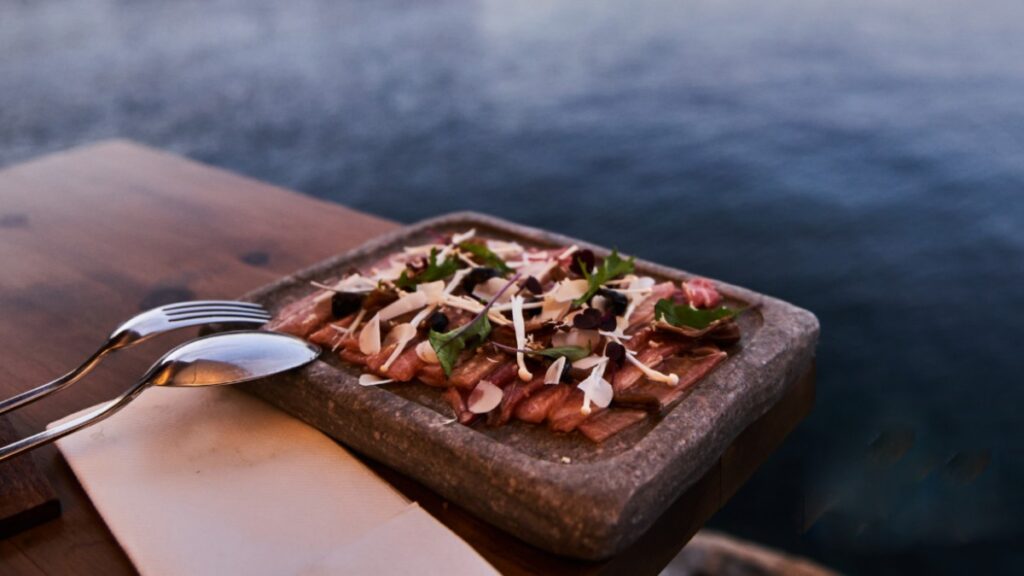
Then you can walk to the Dalí House Museum -always having booked in advance- to discover the walls that served as a container and dreamlike expander for the duo Gala and Salvador. Here we can find, next to Dalí’s bed, a small cage for a cricket that wove melodies every day; also his collection of books, the viewpoints towards the sea, his tea room and his studio.
To recharge your batteries after the visit, right next to the bay we find a real gem, a true gastronomic gift called Talla, with immediate views of the Mediterranean Sea. Talla is a spectacle: for the palate and the eyes. The suggestion? Put yourself in the hands of Denis, Aileen and the rest of the team who serve as worthy guides of the experience. To touch the sky? Order the oyster mix and the giant shrimp ravioli. Actually, ordering anything is a guarantee of enjoyment. The wine selection is mostly Empordà and low intervention, the dishes are Mediterranean inspirations with their own touches.
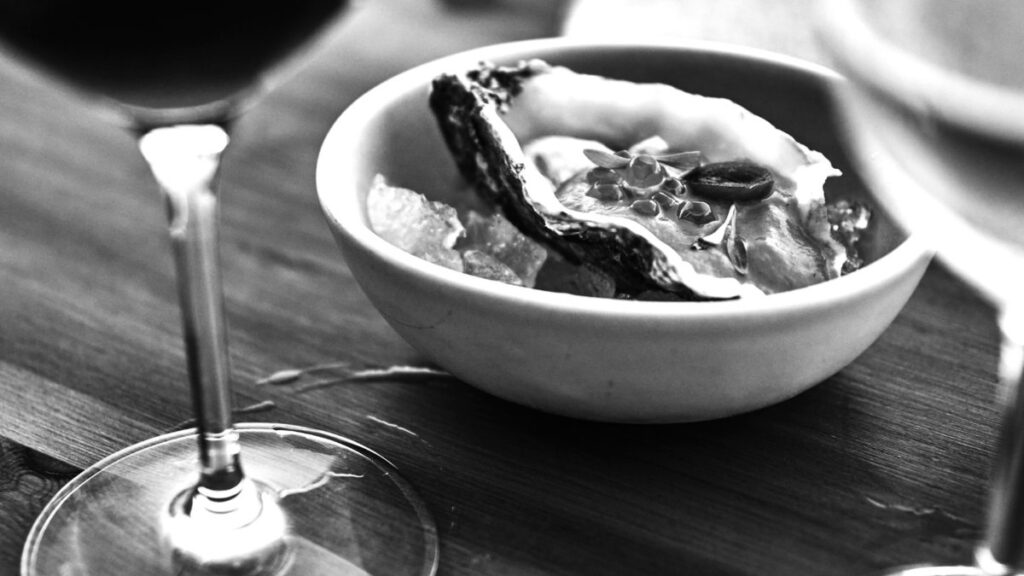
Other gastronomic delights in this town are Narita and the already established Compartir. Narita, a proposal by Pablo and Nina, is an ensemble of Japanese food where seafood, fermented and raw ingredients are the protagonists in a perfect pairing with natural wines. The recommendation is the Iberian feather tataki with homemade kimchi. Meanwhile, at Compartir, the exquisite thing is that each dish has a twist and a surprise flavor: do not miss the salad of tomato confit, Parmesan cream and lemon, as well as the classic papillote.
BOAT TO SEE THE CAP DE CREUS FROM THE SEA IS A MUST
At night, for dancing, everyone is talking about Brown Sugar, a place set up in the narrow streets of Cadaqués, designed by a music lover, with a meticulous curation that can include music from the Balkans, Soul or classics of world music such as Cesaria Évora. To finish off the night and lost in time is Café La Habana, which is something like living in a Humphrey Bogart movie.
During the day, a boat ride to see the Cap de Creus from the perspective of the sea is a must, that and note that after the horizon does not end the same horizon. Among the labyrinthine and cobbled streets also hides the contemporary art gallery of Laila Armengol, Santa Rita, a tribute to the saint of lost causes. And finally, as a classic that continues to see life go by, is the now legendary Casino, a historic building facing the sea that brings together the usual parishioners and new regulars watching the passengers come and go between beers and vermouth, as examples that time passes and at the same time nothing changes.
We end with this sentence from Salvador Dalí’s autobiographical texts: “In this privileged place the real and the sublime almost touch. My mystical paradise begins in the Empordà plains, surrounded by the hills of Les Alberes and finds its fullness in the bay of Cadaqués. This country is my permanent inspiration. The only place in the world, too, where I feel loved”.
What are you waiting for? Take your car or a bus and in two hours from Barcelona after crossing the mountains you will be in this exquisite surreal paradise where the pleasure persists. It really does.
Photos: Alberto Alcocer (Beco)

